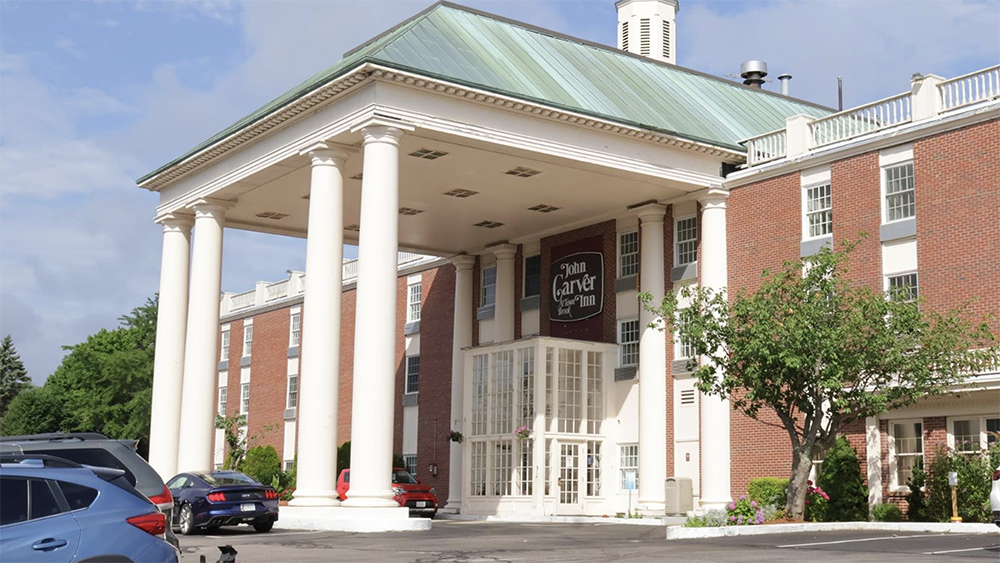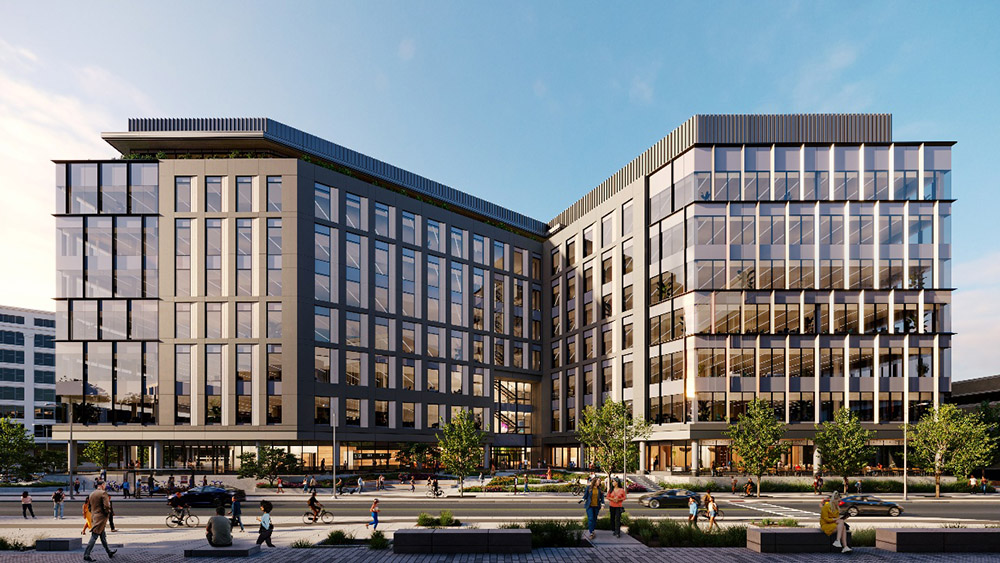News: Owners Developers & Managers
Posted: October 2, 2007
The changing landscape for self storage financing
For years, self-storage owners and investors have been riding a wave of unprecedented access to cheap and aggressive capital to fund their real estate investments. Many in the finance industry have predicted that "something" had to happen at some point to cause the pendulum to swing back to higher interest rates and more conservative underwriting standards.
The pendulum swing started to move in April 2007, but quickly gained momentum a few months later in July. The primary driver was investor troubles in residential subprime mortgages. This caused a capital market downturn, which then led to a loss of confidence by investors and a re-pricing of risk that extended well beyond the residential subprime sector.
For commercial lenders, much of the climate change is traceable to a single event that accentuated the credit risk inherent in commercial real estate loans. On April 11, 2007, Moody's Investors Service declared that lax underwriting on commercial mortgage backed security (CMBS) loans had increased investors' risk, so the rating agency vowed to increase subordination levels on future transactions. Other rating agencies followed suit. Increased subordination levels raise a lender's cost of capital because a higher percentage of their mortgage pools must be sold to bondholders requiring a higher investment return.
As rating agencies intended, CMBS lenders reacted almost overnight by tightening underwriting standards, scaling back and/or eliminating interest-only loan periods, boosting equity requirements and effectively reducing proceeds available on loans. Quickly, the market changed and became more volatile.
The capital market storm gained ferocity in July as buyers of the riskier investment bond tranches, known as B-piece buyers, nearly all retreated from the market and stopped purchasing CMBS investments. This snowball effect created new obstacles for CMBS lenders because it created a huge gap in the demand side of the equation.
Positive Signs Are Evident
While it seems the commercial lending markets may have completely frozen over, there are several positive marketplace signs for self-storage owners and investors.
First, commercial mortgage delinquencies are less than .5% for CMBS, so there clearly is not a problem at the moment. However, rating agencies have predicted securitized mortgages will not perform in the future as they have in the past. While the agencies confirm a current robust CMBS market, they warn that recently securitized loans are much more likely to suffer delinquencies and defaults.
Second, while self-storage loan terms were certainly more aggressive leading into the first quarter of 2007, they were not nearly as aggressive or risky as underwriting on other commercial property types. The self-storage sector is a relatively small portion of the entire real estate market and therefore receives the benefits of an improving credit market.
Third, the self-storage sector remains strong, with real estate investment trusts reporting same store revenue growth in the first and second quarters of 2007 compared to the same prior-year periods.
Finally, there are still many CMBS lenders eager to provide loans in today's market. In many circumstances, deal terms could still be beneficial compared to your current financing.
Market Direction
Where is this market headed? Like most cycles dominated by volatility, this one too will level off and stabilize over time.
Even with higher interest rates, we are still seeing fixed rate 5- to 10-year deals priced by CMBS lenders and banks in the 6.75%-7.75% rate. Most of your self-storage investments should still yield acceptable investment returns. Owners and investors should recognize though that competitive lending terms might become more limited, and that it will become more difficult to shop a deal and compare apples to apples. If you are in the market for financing, it is highly advisable to consider using a mortgage broker who is abreast of daily lending and market conditions.
Ultimately, the cost of capital and the ability to leverage a transaction will play out in time in the self-storage investment community. We will likely see cap rates increase. Value creation will need to be derived from better bottom-line property performance.
While volatility is currently the word from the capital markets, we anticipate self storage, because of its continued stability compared to other real estate investments, will continue to be a desirable asset for institutional and individual investors.
Neal Gussis is a principal with Beacon Realty Capital, Chicago, IL.
MORE FROM Owners Developers & Managers
Mount Vernon Co. acquires John Carver Inn & Spa in Plymouth, MA
Plymouth, MA The Mount Vernon Company (MVC), a Boston-based real estate and hospitality investment firm, has completed the acquisition of the John Carver Inn & Spa, an 80-room property.

Quick Hits
Columns and Thought Leadership

Recently passed legislation creates opportunities to meet CT’s changing energy needs - by Klein and Feinn
For decades, New England has had a summer-peaking power system, where the greatest energy use occurs on the hottest and most humid days, due to widespread use of air conditioning. But by the mid-2030s, electrification of the heating sector likely will result in a winter peak that’s higher than the summer peak.

IREM President’s Message: Fostering community connections during the holiday season
The holidays are again taking center stage, and with them comes an opportunity for multifamily communities to connect with the businesses and organizations in their cities and towns, fostering a sense of unity and generosity during this giving season

Selecting the right façade installation firm - by Steven Powell
As the owner of a major new property being developed, or an existing large building preparing for major renovation, you want your design and construction team to have the right experience, capabilities, and expertise to match the project demands. A critical member of this team will be the façade installation specialty firm, since the quality of this installation will impact

.png)





.png)
